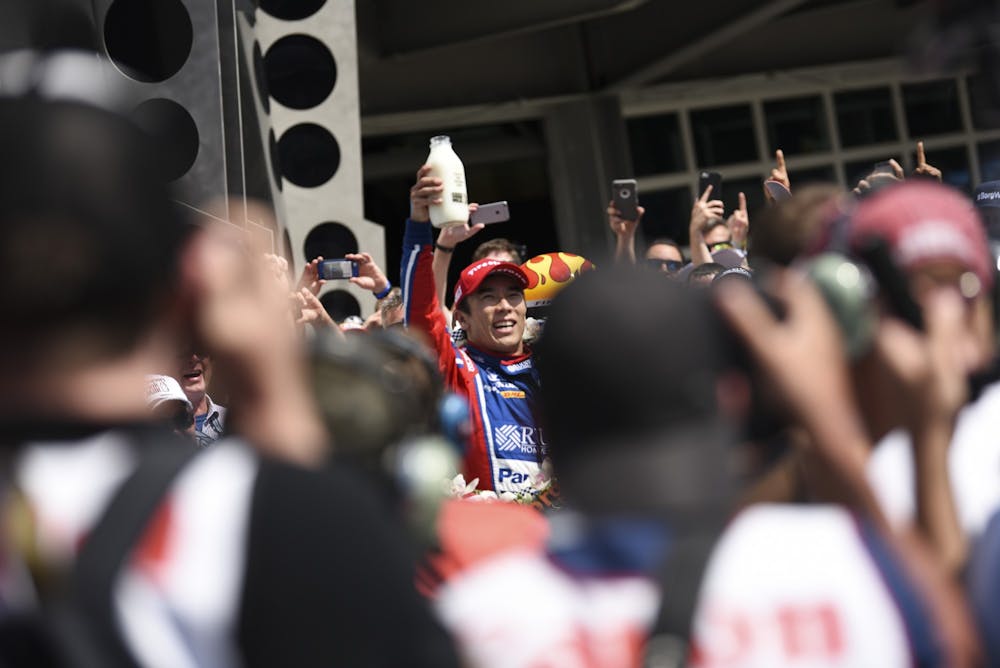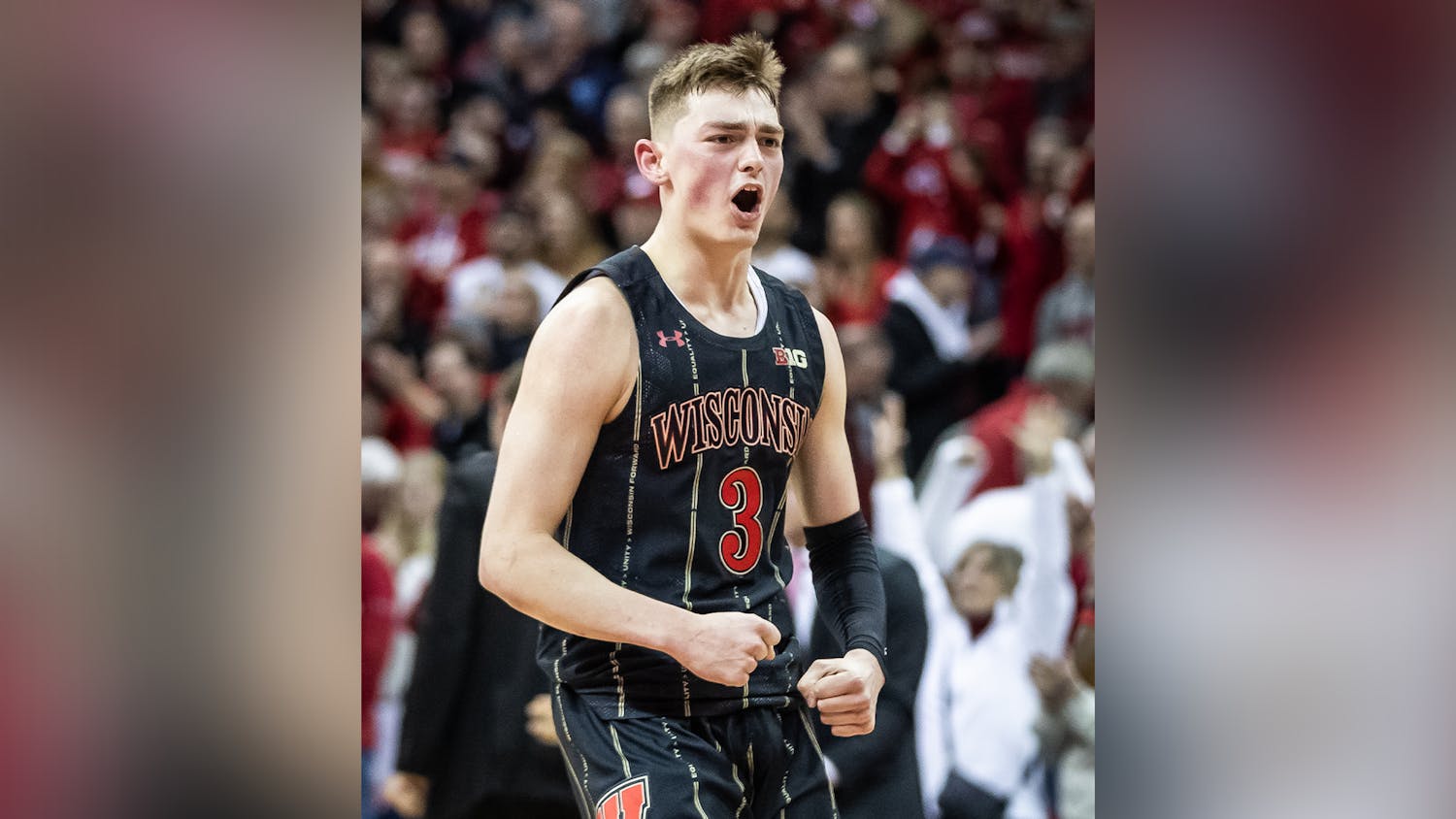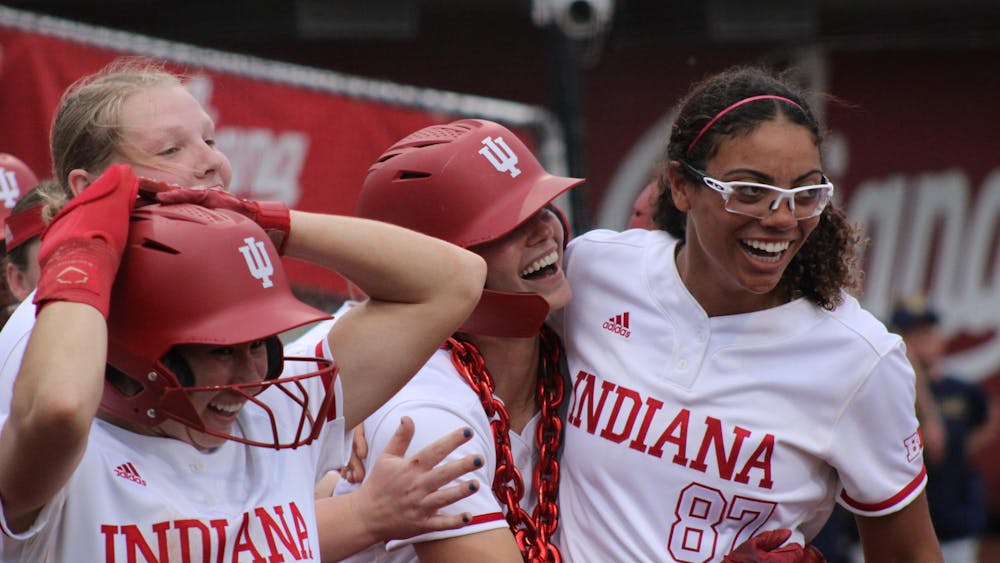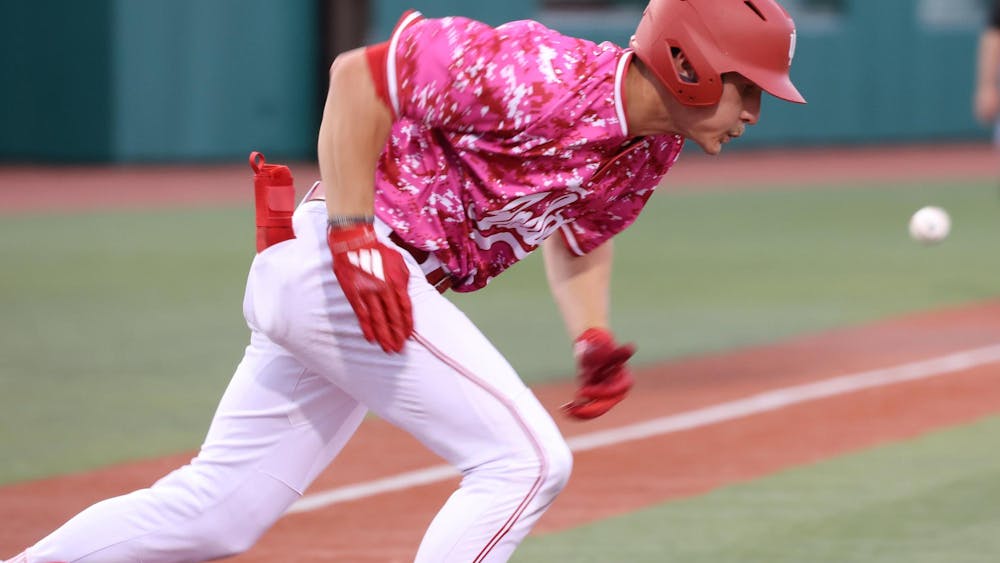Indianapolis is known as the “Racing Capital of the World.” When you step off the plane at Indianapolis International Airport, you’re greeted by an IndyCar in the terminal and a history lesson about the legendary Indianapolis Motor Speedway. So, when the last week in May came and went without the sound of engines racing by, something was missing.
The coronavirus pandemic put Roger Penske, the owner of Team Penske and the new chairman of the IMS, in a no-win situation. He could either cancel the biggest event in the state or postpone it without fans.
After a three month delay, Penske did the best he could for his first 500.
Penske debated allowing 75,000 people to attend the race, only 25-%of the track’s capacity, but the risk would have been immense. If there was an outbreak of cases, it would destroy Penske’s reputation and, more importantly, take away from what this particular 500 really was: a bit of normalcy for Hoosiers.
Instead, following the guidelines set by the Centers for Disease Control and Prevention and the recommendations of the state, the race went on in front of an empty infield and bleachers.
Even without fans, the fact that the “Greatest Spectacle in Racing” was able to run shows the resolve of everyone involved. The Indianapolis 500 is one of the largest sporting events to return since the pandemic and proved to be a much-needed return to normalcy in the sports world.
With the Kentucky Derby and the Masters also upcoming, IndyCar and the IMS were tasked with leading the way on how to manage a major event that is a cornerstone of the American sports in the COVID-19 era.
With the challenges Penske and the IMS faced pulling the event together, including their indecisiveness about allowing fans in the stands and lifting the Indiana blackout of the race on TV, they did a fantastic job.
The race itself was a duel between Takuma Sato and Scott Dixon, despite the lackluster ending which saw Sato ultimately winning under caution, bringing an exciting three weeks of racing to a close.
The pageantry — which to many is just as important as the race itself — was nostalgic. The flyover, “(Back Home Again in) Indiana” and the pre-race introductions were all calming experiences in an event months in the making. Even without fans filling the infield and stands, the race was a reminder of a can’t-missexperience for anyone who calls themselves a Hoosier.
While this wasn’t the way Indiana wanted to celebrate the 500, being able to watch cars race around the track at 200 miles-per-hour signifies a major piece of its soul being rekindled.






